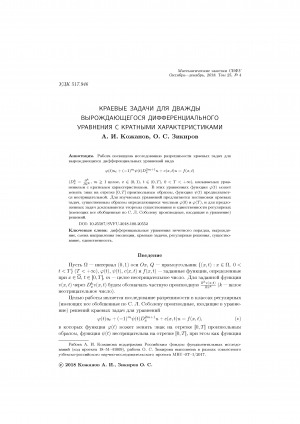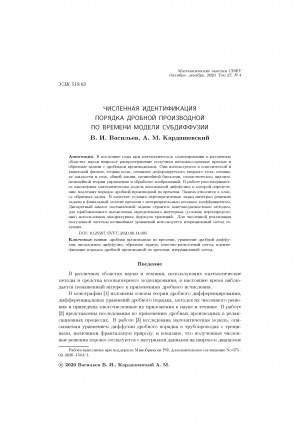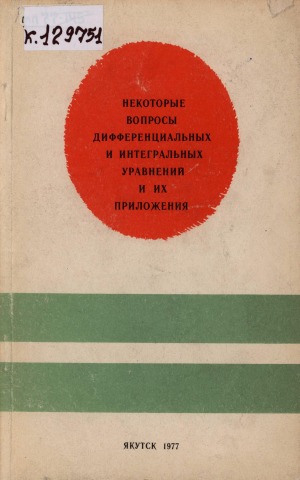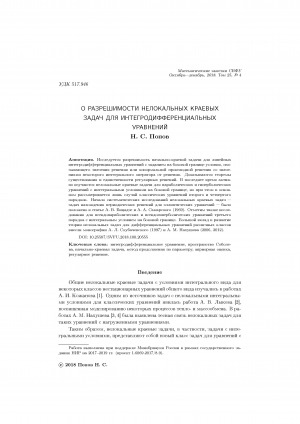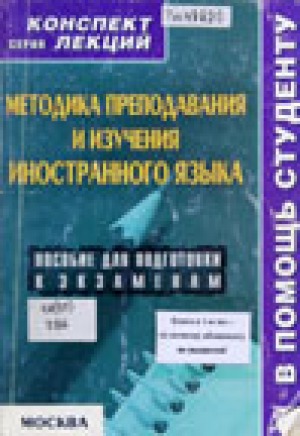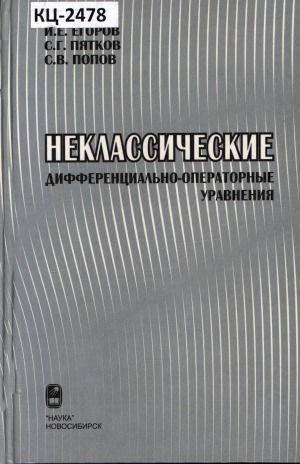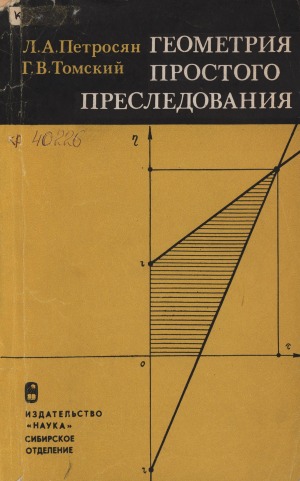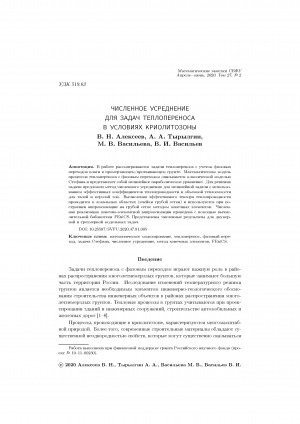
Математическое моделирование эмиссионных характеристик полевого электронного катода в растровом электронном микроскопе в условиях исследования биообразцов = Mathematical modelling of the emission characteristics of a field electron cathode in a scanning electron microscope under biosampling conditions
Статья в журнале
Русский
53.085.332:61
10.25587/2222-5404-2024-21-1-70-80
сканирующий электронный микроскоп; полевый электронный катод; полевая электронная эмиссия; математическое моделирование; эмиссионные характеристики; крайний электрон; уравнение Фаулера–Нордгейма; исследование биообразцов; обыкновенные дифференциальные уравнения первого порядка; численный метод Рунге-Кутта 4 порядка; scanning electron microscope; field electron cathode; field electron emission; mathematicalmodelling; emission characteristics; extreme electron; Fowler–Nordheim equation; study of biologicalsamples; ordinary differential equations of the first order; Runge-Kutta numerical method of the 4th order
Физика / Общие проблемы физического эксперимента
Currently, the use of electron microscopes in medicine is developing intensively, including scanning electron microscopes (SEM), which are designed to solve a huge number of problems in various fields with a wide range of electron accelerating voltages and electron beam energies. The development of an SEM with certain emission characteristics, with a range of lower beam energies for the study of biological samples, is an urgent task because modifying the SEM to solve problems in medicine, for example, would make it possible to obtain higher-quality images of biospecimens for diagnostics and monitoring the effectiveness of therapy. To develop new SEMs with certain characteristics, it is proposed to conduct less expensive research using numerical methods based on mathematical models of processes in electron-optical SEM systems. In this regard, this work sets the task of determining the size and shape of the beam, the main emission characteristics of the field electron cathode (FEC) of the SEM, which is under the influence of the electric field that excites electron emission and the external longitudinal magnetic field by studying the movement of the outermost electron of the beam, taking into account the influence of space charge beam electrons, external magnetic field. In the model, the FEC is approximated by a paraboloid of rotation, and the concept of a boundary “outermost” electron is introduced, the trajectory of which determines the shape and size of the beam. The problem of calculating the emission characteristics along the trajectory of the outermost electron of a FEC is solved using a mathematical model that includes the following equations: motion of the "outermost" electron, Maxwell outside and inside the beam, continuity of the current density, Fowler-Nordheim equation. As a result, a system of 18 first-order ordinary differential equations was obtained, the numerical calculation of which using the 4th order Runge-Kutta method allows us to obtain the emission characteristics of the FEC. As a result, it is suggested that it would be feasible to modify SEMs for more effective use in the medical field, taking into account their increasing use in disease diagnosis and the possible improvement of image quality through the development of FEC SEMs with more suitable characteristics.
Математическое моделирование эмиссионных характеристик полевого электронного катода в растровом электронном микроскопе в условиях исследования биообразцов / С. Н. Мамаева, Н. В. Егоров, Б. В. Яковлев [и др.] ; Северо-Восточный федеральный университет им. М. К. Аммосова, Санкт-Петербургский государственный университет, Московский государственный университет имени М. В. Ломоносова // Вестник Северо-Восточного федерального университета им. М. К. Аммосова. - 2024. - Т. 21, N 1 (95). - С. 70-80. - DOI: 10.25587/2222-5404-2024-21-1-70-80
DOI: 10.25587/2222-5404-2024-21-1-70-80
Чтение документа возможно в помещении библиотеки
